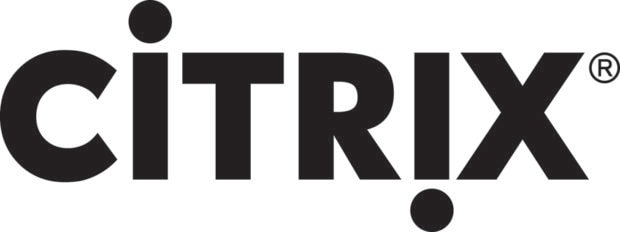February 27, 2019
Embracing Data Center Orchestration and Automation
Automating processes can speed up IT delivery and reduce costs, but to achieve these benefits, organizations must first overcome a trio of common hurdles.

Most IT managers understand the potential benefits of adopting orchestration and automation tools within their data centers to streamline the provisioning of private and public cloud resources. These solutions can dramatically speed up the time to value (the period between when a business need arises and when infrastructure fulfills that need). By automating manual tasks and building in policies that can take the place of human approvals, orchestration and automation tools shrink the time that it takes an IT department to deliver a development environment from weeks down to hours. This is all good.
However, I’ve seen that many companies face common challenges to implementation — often around company culture, organizational structure and finances. By anticipating these hurdles, business and IT leaders can develop a plan to overcome them.
Challenge #1: Company Culture
In many organizations, some IT staffers have been around so long that they’ve developed internal reputations as wizards. They’ve stored the institutional memory of the IT infrastructure inside their heads, and they’ve often developed so many workaround and custom configurations that they alone can fix certain problems. When organizations embrace orchestration and automation solutions, these tools often take over many of the tasks previously performed by these staffers, forcing them into the opportunity to become innovators rather than operators. Some talented employees rise to this challenge, while others bristle at the idea that automation is “taking away” their job.

Challenge #2: Organizational Structure
Historically, many IT departments have been siloed, with storage, networking and computing teams all largely working separately from one another. The nature of private and public cloud environments requires organizations to restructure their IT departments and create cross-functional teams. This doesn’t mean that a network engineer needs to become a storage engineer, or that members of the DevOps team all need to become networking experts. But all IT staffers should understand how different components integrate through the application programming interfaces (APIs).
Challenge #3: Finances
Often, organizations will charge the initial launch expenses of a new application against the budget of a specific business unit. However, these budgets typically don’t account for growth, maintenance or fixing problems. As a result, these costs typically come directly out of the IT budget, making it look like IT is a cost center (rather than a business enabler). To provide budget clarity, organizations need to implement chargeback/showback systems that hold business units accountable for their consumption of IT resources. This ensures that business leaders have visibility into the costs of individual initiatives and can help prevent sprawl and overspending.
To overcome these challenges, it’s vital that IT shops have support and sponsorship from executive leadership. When rank-and-file IT staffers understand that orchestration and automation are executive-level priorities, they’re more likely to adapt to change rather than resist it.
It’s true that orchestration and automation bring implementation challenges. But sometimes, when you challenge your staff, you’ll be surprised with the solutions they can invent.
This blog post brought to you by:

